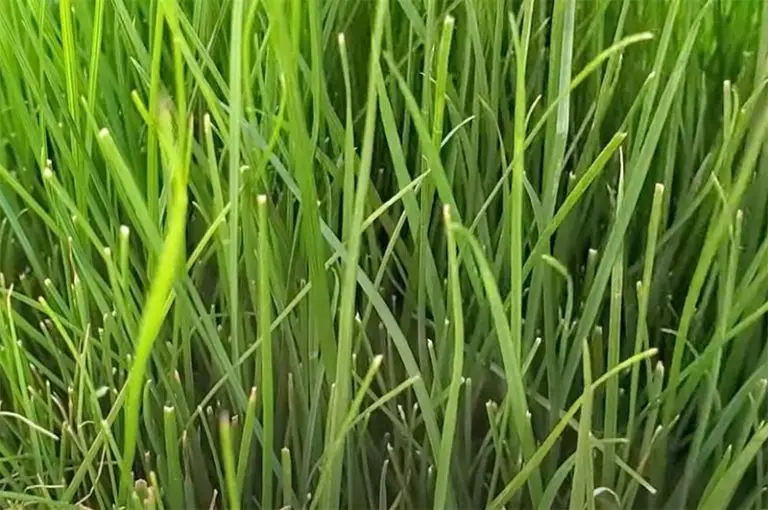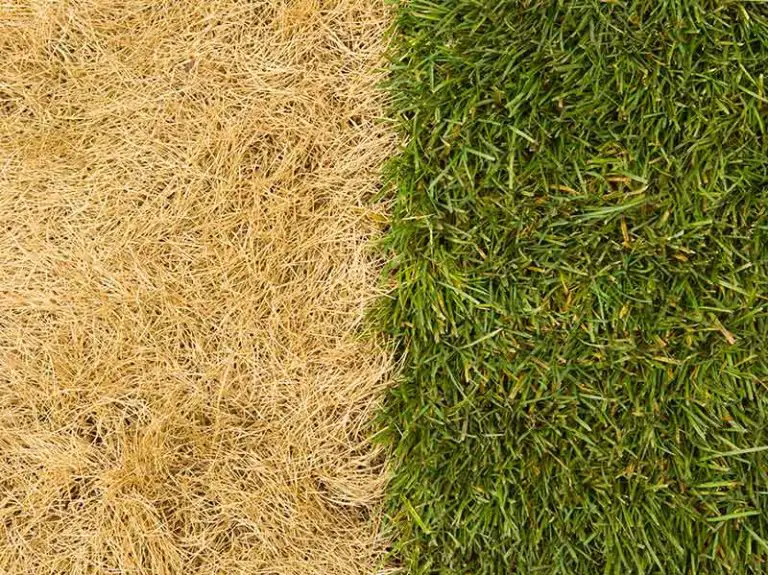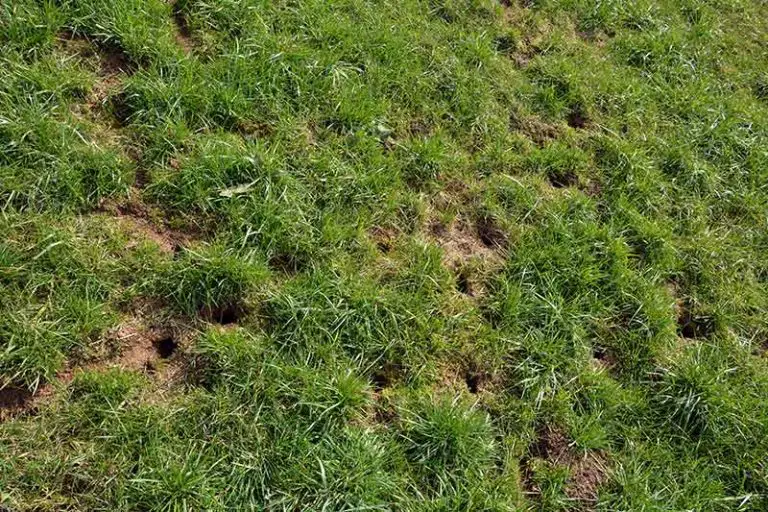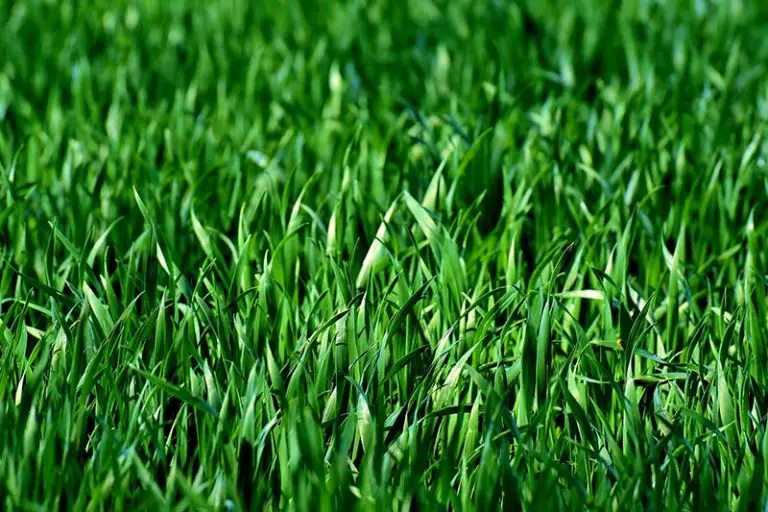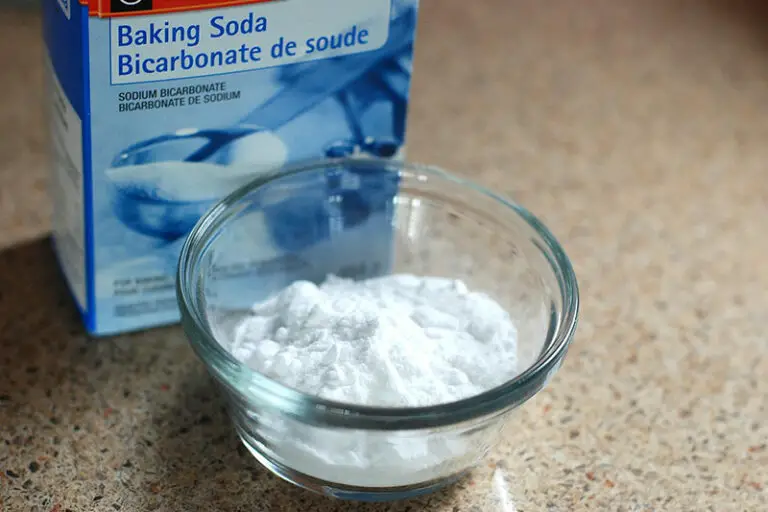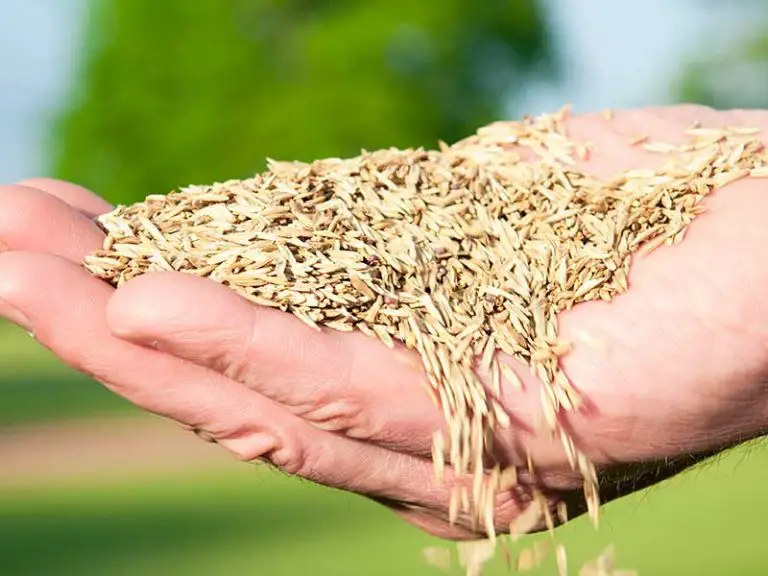Aerate Your Minnesota Lawn: When and How
Aeration should be a key element of your annual care schedule for your Minnesota lawn. It helps to break up compaction and gets your soil in optimal condition for the healthy growth of your grass. However, it’s crucial to get the timing of this process just right for your lawn to get the most benefits.
The best time to aerate a lawn in Minnesota is during the fall, at some point between late August and September. At this time, your cool-season grass is in its period of most active growth and will be able to recover from the process quickly. It is less advisable to aerate a Minnesota lawn during the spring and summer; cool-season grass growth slows down during these months, and your lawn is more susceptible to drying out in the heat.
Why is Important to Aerate Your Minnesota Lawn?
Aeration is a lawn care practice that is essential to maintain the condition of your soil and grass. This is the process of creating small holes throughout the soil in your lawn using aeration equipment such as a spike or core aerator.
By creating these small holes, you are essentially creating lots of new pathways for air, water, and fertilizer to reach your grass plants at the root level. This promotes the overall health of your grass, reducing the amount of fertilizer and water you need to add during its period of active growth. Aeration also works to break up compaction in the soil, enabling the grass to grow stronger, more extensive root systems.
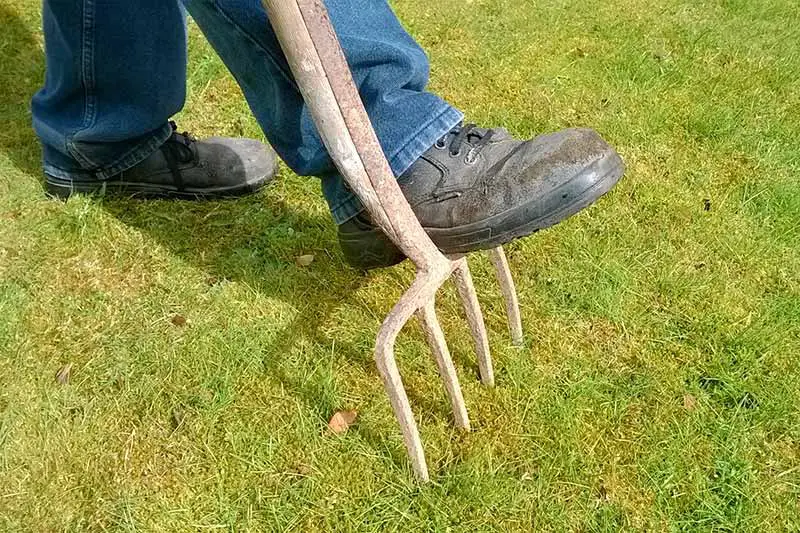
When is the Best Time to Aerate a Lawn in Minnesota?
The best time to aerate a lawn in Minnesota is in the fall, at some point between late August and early October. The exact best time for you to aerate will depend on how far north you’re located.
As a general rule, this should coincide with the period of most active growth for your grass species. It’s also possible to aerate your lawn in spring, providing you follow it up with a rigorous watering schedule; however, for Minnesota lawns, it’s preferable to aerate in the fall.
Why Should You Aerate Your Minnesota Lawn in Fall?
To summarize, the benefits of aerating your Minnesota lawn in the fall are:
- Breaking up soil compaction before your grass’ period of most active growth
- Choking out weed growth by preventing weed seeds from sprouting
- It encourages the growth of deep, extensive root systems that the grass uses to store energy over winter
- It puts the lawn in perfect condition for fall overseeding
The number one rule with aeration is that you must carry it out during your grass’ period of most active growth. As your Minnesota lawn contains cool-season grass, your aeration schedule must follow the growing habits of this grass type.
To explain this a bit further, lawns across the US contain different grass species that are best suited to the climate of the local area. These grasses fall into two main categories, either being cool-season or warm-season grasses. As the names suggest, warm-season grasses are those found in more southern climates, while cool-season grasses are those typically found in the Northern regions, such as Minnesota.
Observing how the grass grows on your Minnesota lawn, you may notice that after it greens up in spring, growth slows right down over summer, before picking back up in fall. This is the typical growth habit of cool-season grass types. In Minnesota, cooler fall temperatures are ideal for cool-season grasses to grow and outcompete any weeds on your lawn.
As your cool-season grass grows most vigorously in fall, this is the best season to aerate your lawn. To get the most benefits out of the process, aeration must always take place during the grass’ period of active growth. The process can take a toll on the grass, therefore carrying it out during this time helps the lawn to recover as quickly as possible before it goes dormant for winter.
Why Shouldn’t You Aerate Your Minnesota Lawn in Spring?
The main drawbacks of aerating your Minnesota lawn in the spring are that:
- The grass isn’t in its period of active growth and will therefore have a harder time recovering quickly
- Any dormant weed seeds exposed by the aeration process will sprout
- You may have to take extra measures to remove and prevent invasive weeds from taking over, such as the addition of a chemical herbicide
Although it is possible to aerate your Minnesota lawn in the spring, this is not recommended for cool-season grass types. Your cool-season grass does see some growth during this season, however, it is at a much lower rate than its growth in fall. Aerating your lawn at this time will rob your grass of the many benefits that come with fall aeration.
Firstly, your grass will have a harder time filling in the bare spots left behind from the aerating process. This could leave you with a patchy lawn if the grass doesn’t make a full recovery before growth slows down over summer. Also, the aeration process usually unearths weed seeds that are lying dormant below the soil surface. If exposed during the spring, these seeds have access to sunlight, giving them a chance to germinate and establish themselves.
It’s even less advisable to attempt to aerate your Minnesota lawn in the summer. The growth of your cool-season grass slows right down at this time of year; this makes the full and healthy recovery of your lawn unlikely, rendering the aerating process useless. On top of this, the hot summer sun can cause the exposed soil in the aerated holes to dry out. This will only worsen any issues you have with compacted soil, instead of solving them. As an additional note, it’s best to aerate after rain when the ground is soft and slightly damp; this typically won’t be possible during the summer.
How Often Should You Aerate Your Minnesota Lawn?
There is no definitive answer to how often you should aerate your lawn if you live in Minnesota. This is regardless of whether you live in Minneapolis, Rochester, or further up north in Duluth. Ultimately, how often you aerate your Minnesota lawn will depend on how long it takes for your soil to become compacted.
Many factors influence how quickly your soil becomes compacted, which in turn affects how often you should aerate your lawn. For example, the composition of your soil has an effect on compaction; clay-heavy soils are far more prone to compaction compared to those that are sandy or loamy. The amount of foot traffic that your lawn receives from humans or pets will also significantly impact areas of compacted soil.
We have outlined the steps you can take to determine whether your lawn could benefit from aeration in the following section.
How to Tell if Your Minnesota Lawn Needs to Be Aerated
If you’re unsure whether your Minnesota lawn could benefit from aeration, grab a screwdriver and follow this simple test:
1. Water Lawn
On the day prior to testing your soil, water the lawn.
2. Test Soil with Screwdriver
The next day, take a screwdriver and push it down into the soil on your lawn. If you feel resistance when trying to penetrate the top 2 to 4 inches of soil, this indicates your lawn could benefit from aeration. If you can push the screwdriver into these top inches of soil without resistance, you don’t need to aerate your lawn.
3. Repeat Process for Other Parts of Lawn
Repeat the previous step 3 to 5 times on other parts throughout your lawn, paying particular attention to high traffic areas. This is important as some areas of your lawn may become more compacted than others from foot traffic or pets.
What is the Best Equipment to Aerate a Minnesota Lawn?
The best aeration tool to use on your Minnesota lawn is a core aerator. If you don’t own a core aerator, you can easily rent one from your local hardware store.
Core aerators work by removing small plugs of soil from the top few inches of your lawn. This leaves the lawn filled with small holes that promote the circulation of air and nutrients around your grass’ roots. It helps to break up the thatch layer and any areas of compacted soil.
The soil plugs from the core aerator drop onto the lawn surface as you use the equipment. As a side note, the best practice is to leave these plugs on the lawn; although they may not look the most aesthetically pleasing, they will decompose over time, acting as a slow-release organic fertilizer. By removing these plugs, you are essentially throwing away chunks of your lawn for no reason.
An alternative type of aerating equipment is a spike aerator. Spike aerators use sharp tines to create holes in the soil without removing soil plugs as a core aerator would. This method of aeration isn’t recommended as it can actually cause more soil compaction, rather than breaking it up. Therefore, the best aeration tool to go with for your Minnesota lawn is a core aerator.

